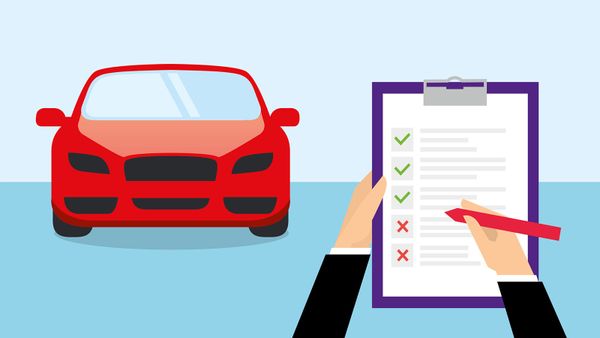Electric and hybrid vehicles are seeing increased popularity in the new car market, mostly thanks to their superb fuel efficiency. In addition, they can offer a few reliability advantages when compared to traditional engine configurations.
Most hybrid and electrics today come equipped with what's called a regenerative braking system. This system essentially runs the electric motors in reverse while decelerating, or coasting downhill. The friction from the motors slows the vehicle down, while sending power back into the battery and extending electric range.
Cars with regen braking systems also have regular mechanical brakes as backup, but they only really have to use them at the last moments of coming to a stop, or during emergency hard braking. As a result, brake pads and rotors can last much longer. They can run about 45,000 miles (72,420 kilometers) before servicing, as opposed to 15,000 miles (24,140 kilometers). When a brake job can run up to $1,000 with parts and labor, that's a lot of change back in your pocket over the life of the vehicle.
Fully electric cars also require very little fluid replacements during use, since they don't require engine oil or coolant. Electric power steering and braking systems similarly run without lubrication. Likely, the only fluid that will need to be changed is the transmission oil. This will save quite a bit of time and money in the shop. Note that this reliability advantage only goes to pure EVs. Since hybrid vehicles make use of internal combustion engines, most of the conventional service intervals will still apply.
Gas engines do however have one leg up over electrified cars; their lack of expensive lithium ion batteries. These power cells will degrade over hundreds of charge cycles and see reduced range capacity. Batteries are often warrantied up to eight years and 100,000 miles (160,934 kilometers). However, replacing the unit out of warranty will rack up a considerable garage bill. Parts and labor can easily run over $5,000 for small-battery electrics and hybrids, maxing out over $10,000 for long-range EVs.



